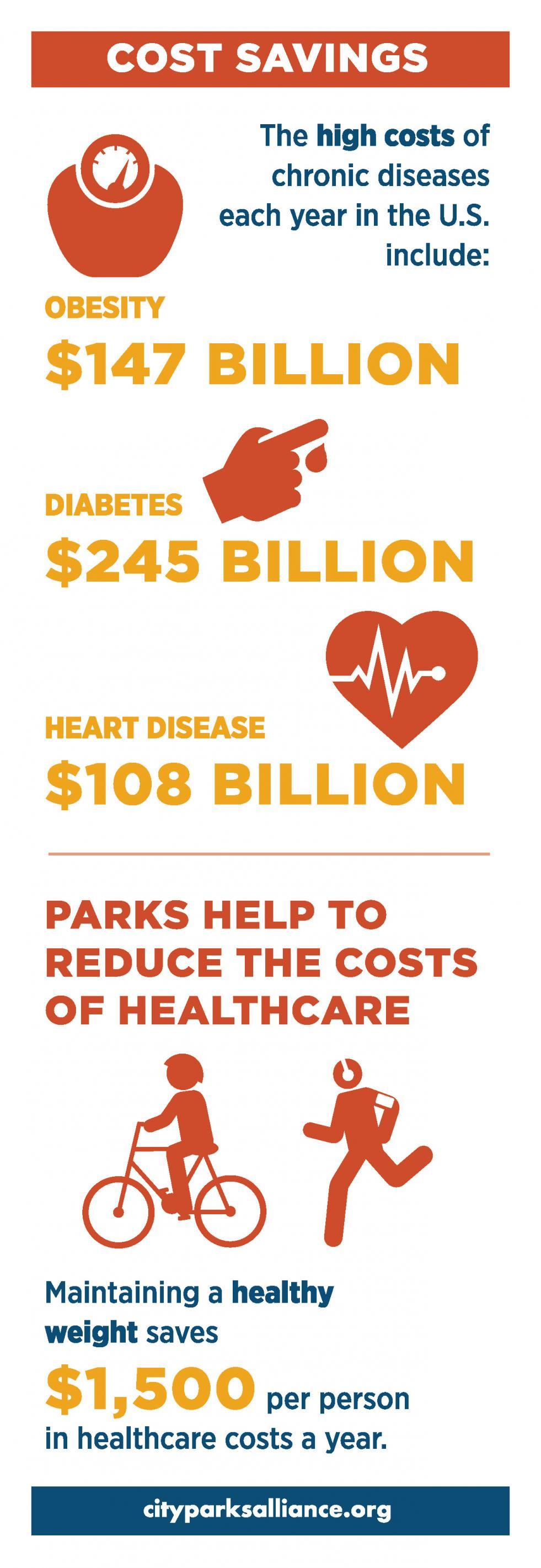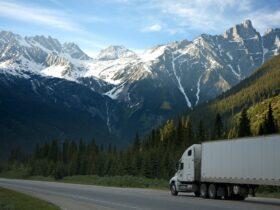Parks and recreation drive real solutions to the big challenges facing American cities. They are powerful agents helping communities address financial stability, environmental threats, and social isolation, just to name a few. In that regard, city parks have grown beyond their traditional physical and conceptual boundaries and now serve multiple functions as part of a system that enables cities to operate. This infrastructure framework provides health, environmental, and economic benefits, supporting our ability to live together in urban areas.
This changing role of parks is reshaping more than just our urban landscapes, it is also redefining how we govern, manage, and program our public green assets. No longer are these functions the sole responsibility of city officials but shared among a healthy mix of non-profit and community based organizations, business improvement districts, development corporations, private entities, and other public agencies.
Against that backdrop, City Parks Alliance and the San Jose Parks Foundation recently held a workshop in collaboration with San Jose Parks, Recreation & Neighborhood Services, with a guest speaker from Seattle Parks Foundation. It was the latest in City Parks Alliance’s PARKXCHANGE City Workshop program, which builds skills in effective public-private and cross-sector partnerships that strengthen America’s city parks, such as creating a shared vision, understanding risk, defining a governance structure, and establishing proactive communication.
The workshop focused on equipping participants with the tools to enact and sustain successful park partnerships. Participants identified barriers to their success including an affordable housing crisis that has increased the number of homeless people in its parks, difficulties enacting cross-agency partnerships, and long-term budget cuts to the Parks, Recreation, and Neighborhood Services Department. Despite these challenges, the opportunities for improvement are many. San Jose has developed a strong creative placemaking model for activating public spaces, leveraged limited public dollars for substantial private investments via its foundation, and most of all, San Jose residents consistently demonstrate that they highly value their parks.
While each city faces unique challenges these major themes and opportunities are echoed across the country. We understand that we need to change the conversation about and perception of America’s city parks, highlighting the vital services they provide to the community as a whole. Parks attract economic investment, creating jobs, they control stormwater runoff, lowering infrastructure costs, and even act as modern-day thoroughfares for commuters in a renewed age of bicycling and walking to work, reducing medical expenses. Despite these many benefits, public budgets for parks and recreation continue to fall short of need.
Seattle Parks Foundation and other city park advocacy organizations nationwide are working to increase funding for urban parks by drawing attention to the ways parks help solve our cities’ most pressing problems and the impact felt on everyday lives. During the San Jose event, we discussed input from an advocate for low-income housing about the features that make a neighborhood work for its residents. At the top of the advocate’s list were, of course, good housing, schools and transportation, but right up there with them were parks and open space. To low-income residents, parks are not luxuries, but must-have features that make their communities more livable with benefits that reach beyond the park boundaries.
The positive impacts of parks can be life changing—quite literally. How close you live to a park has a strong correlation to how long you’ll live. In Seattle, there is a ten-year difference in life expectancy between wealthier neighborhoods with better access to parks and public spaces compared to lower-income neighborhoods. The Centers for Disease Control (CDC) declared that access to parks, “encourages community residents to participate in physical activity and do so more often. The closer you live to a park, the more likely you are to walk or bike to those places, and use the park for exercise.” A 2014 study also found that people who lived in neighborhoods with more green space had fewer symptoms of depression, anxiety, and stress.

The statistics are alarming and the benefits of parks to human and community health, and to the bottom line are clear. According to the CDC:
- Nearly half of U.S. adults have chronic health conditions such as heart disease, diabetes, and obesity.
- One in three children in the U.S. is either obese or overweight.
- Mental illness affects more than 43 million Americans each year.
- As a country, we are spending $2.3 trillion annually managing and treating chronic and mental health conditions per year.
- Maintaining a healthy weight saves $1,500 per person in healthcare costs per year.
If we are to leverage the power of parks, we need the support not just from environmental advocates, but also to include health practitioners, business leaders, and institutional partner as champions. Strengthening that public-private mix is exactly the purpose of the PARKXCHANGE workshops. In collaboration, Seattle Parks Foundation, City Parks Alliance and others are taking new steps every day to expand the web of community partnerships to help cities tackle these challenges holistically and create a new form of civic infrastructure. To ensure this narrative continues to grow and evolve, we must reimagine city parks as more than nice-to-have features and see them as city-building tools.
Thatcher Bailey has been President and CEO of Seattle Parks Foundation since 2010. Over the last 30 years he has founded and led numerous nonprofits in the Seattle area.















